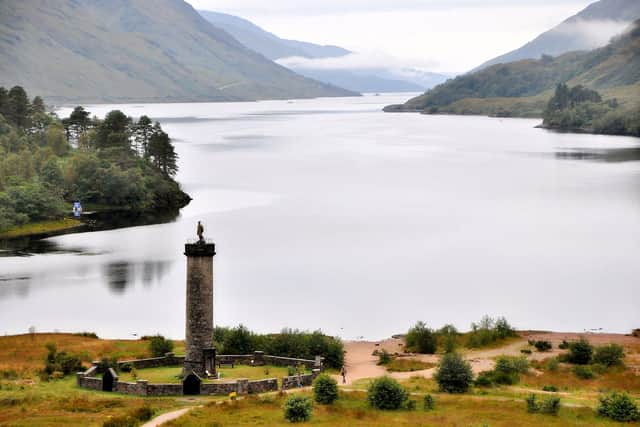National Trust for Scotland's report on slavery should be shouted about - Alison Campsie
Posted quietly on the National Trust for Scotland website at the end of the working day, it was an update on research into links between the charity’s properties and slavery.
No press release followed, which is perhaps unusual given the scale and the significance of the work, and a story was set up to appear in one national newspaper the following day. All quiet.


Advertisement
Hide AdAdvertisement
Hide AdOngoing since September 2020, the research looks primarily at how wealth forged on the back of chattel slavery in the West Indies and North America underpins the stories of many of our historic properties, from castles to islands, cottages and estates.
The report is a superior piece of work that shares findings from academics around the world who have long dedicated themselves to unravelling Scotland’s role in the slave trade and how wealth derived on the backs of the punishing cruelty of others propped up acquisition and influence back home.
Some of the trust’s most popular tourist attractions are examined, such as the Glenfinnan Monument, which was built by wealth inherited by the son of a Jacobite who made vast amounts of money in a coffee plantation in Jamaica.
The report also classes properties with indirect links to slavery, such as Culloden, which has been recorded as such given Prince Charles Edward Stuart sailed to Scotland on a French slave ship, the Du Teillay, which belonged to the wealthy Irish-born shipowner, slave trader and plantation owner Antoine Walsh. Walsh took a leading role in financing and planning Bonnie Prince Charlie’s expedition to Scotland.
The report comes while there is still much and often challenging discussion over how to write Scotland’s links to slavery into a truthful retelling of the past without just judging it through the lens of our standards today.
Now it’s not just scholars who are being asked to deliberate on these questions among themselves, but the public too. Consultations will drive how the legacy of slavery is told in the streets of Edinburgh, Glasgow and South Ayrshire.
The quality research at NTS has a crucial part in bringing the issues to a wider understanding – and it should be shouted about, without fear or favour.
A message from the Editor:Thank you for reading this article. We're more reliant on your support than ever as the shift in consumer habits brought about by Coronavirus impacts our advertisers.
If you haven't already, please consider supporting our trusted, fact-checked journalism by taking out a digital subscription.
Comments
Want to join the conversation? Please or to comment on this article.
